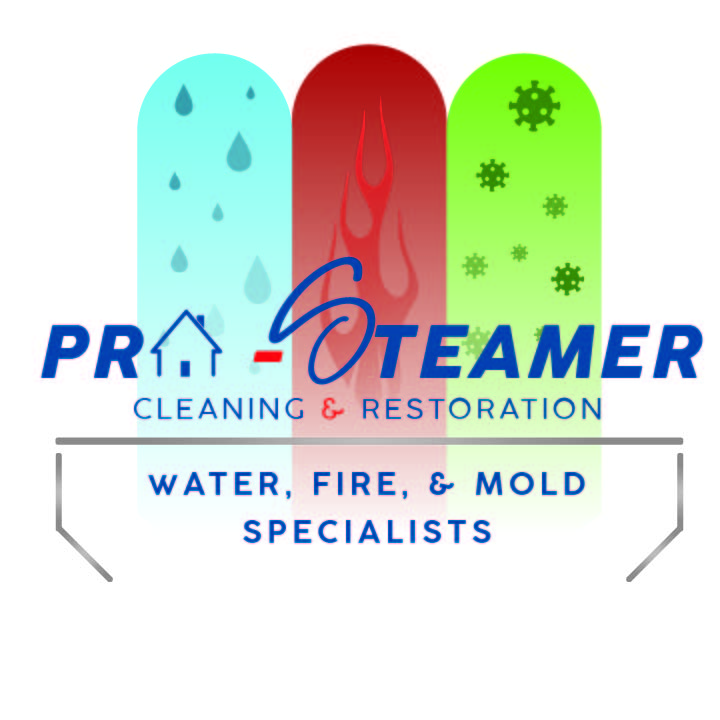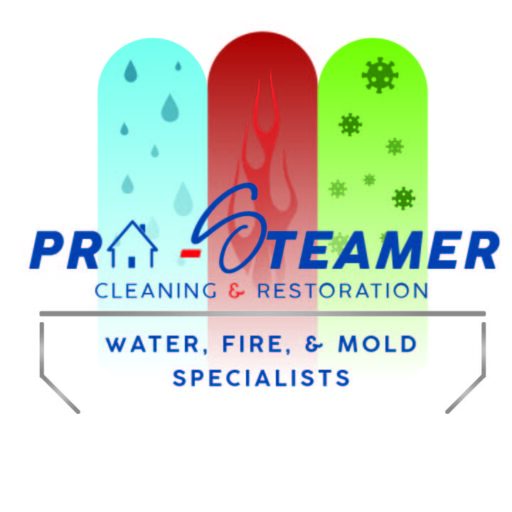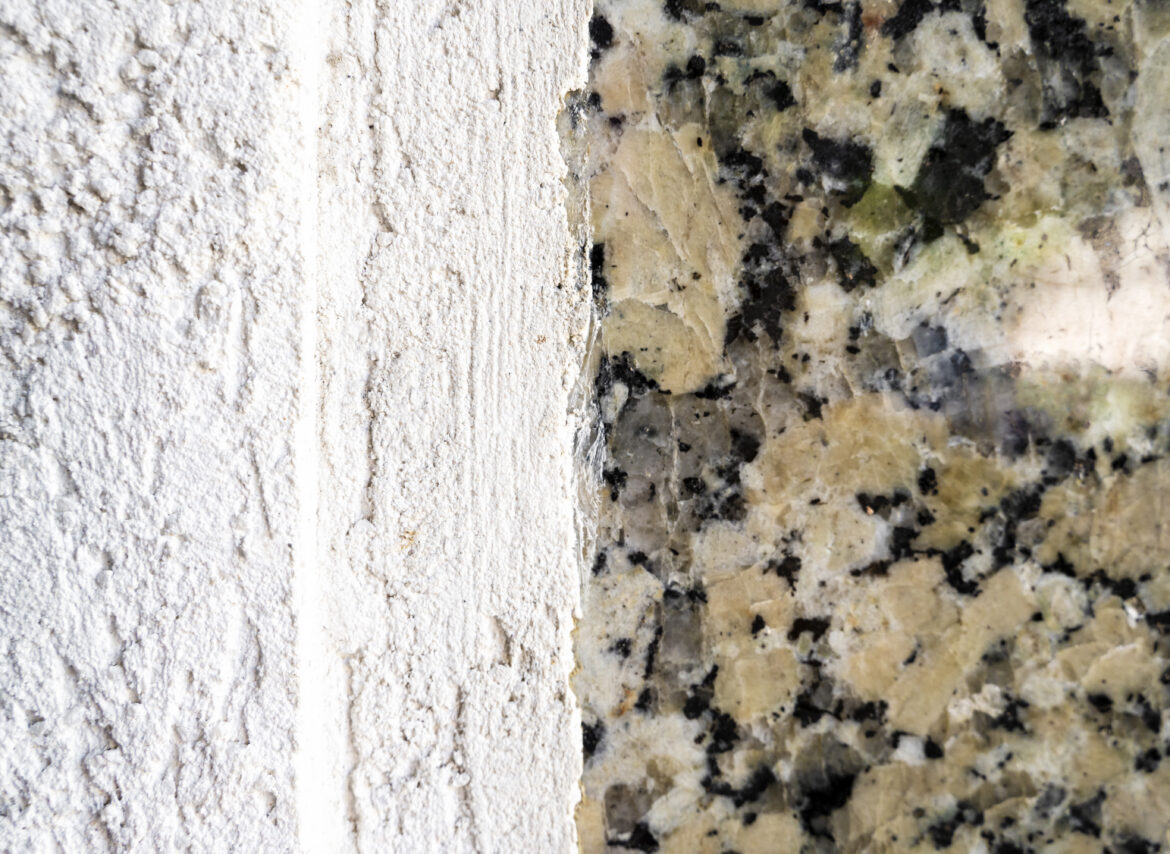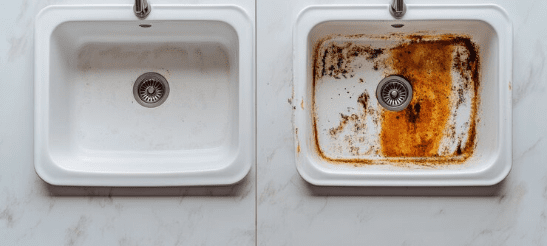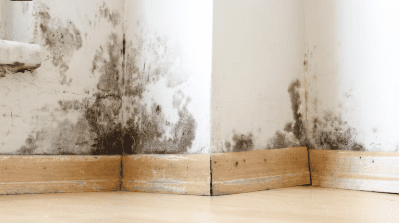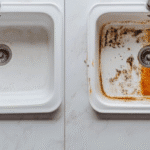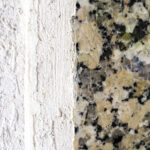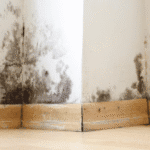Black Mold vs. Regular Mold: Understanding the Differences
Mold in any form is unwelcome in a home or business. It can affect air quality, cause damage to property, and pose serious health risks. But not all mold is created equal. One of the most concerning types is black mold, a term often used to describe particularly dangerous varieties like Stachybotrys chartarum. At Pro Steamer, serving Roswell, NM, and the surrounding areas, we regularly help property owners identify and remediate all types of mold to protect their health and homes. If you suspect mold growth in your home or business, call Pro Steamer today at (575) 623-0993. We’re available 24/7 to respond to mold and water damage emergencies.What Is Mold?
Mold is a type of fungus that grows in multicellular structures known as hyphae. It thrives in damp, humid environments and reproduces via airborne spores. Mold is a natural part of the environment and plays an important role in breaking down dead organic matter. However, when mold finds its way indoors, it becomes a problem.
Black Mold: What You Need to Know
Black mold refers to a specific type of mold called Stachybotrys chartarum. It’s known for its dark green to black color and its association with toxic symptoms in humans.
Characteristics of Black Mold:
-
Color: Dark green to black
-
Texture: Slimy or wet
-
Growth Requirements: Thrives on materials with high cellulose content, such as drywall, wood, and insulation, and requires consistent moisture
-
Health Risks: Can produce mycotoxins that lead to serious health problems
Health Symptoms of Black Mold Exposure:
-
Chronic coughing and sneezing
-
Irritated eyes and skin
-
Fatigue and headaches
-
Respiratory problems
-
Nausea or vomiting (in severe cases)
-
Nosebleeds
Not everyone reacts the same way to black mold, but people with asthma, allergies, or compromised immune systems are at significantly higher risk.
What Is “Regular Mold”?
“Regular mold” is a general term used for common molds that are not classified as toxic but still pose health and property concerns. These can include:
-
Aspergillus
-
Cladosporium
-
Penicillium
-
Alternaria
Characteristics of Regular Mold:
-
Color: Varies – can be green, white, gray, yellow, or even pink
-
Texture: Fuzzy, powdery, or cottony
-
Growth Areas: Can appear almost anywhere—on food, walls, carpets, tiles, and more
-
Health Risks: Usually causes allergic reactions and respiratory issues
While most of these molds are less toxic than black mold, long-term exposure can still lead to serious health complications and structural damage to your home.
Black Mold vs. Regular Mold: Key Differences
| Feature | Black Mold (Stachybotrys) | Regular Mold (e.g., Aspergillus) |
|---|---|---|
| Color | Dark green or black | Green, white, yellow, pink, etc. |
| Texture | Slimy | Fuzzy or powdery |
| Toxicity | High (produces mycotoxins) | Generally lower, but varies |
| Health Impact | Severe respiratory and neurological issues | Allergic reactions, asthma |
| Growth Needs | Constant moisture and cellulose | General dampness |
| Common Areas | Behind walls, ceilings, wood, drywall | Bathrooms, kitchens, fabrics, vents |
Where Mold Typically Grows in Your Home
Whether it’s black mold or a less toxic species, mold tends to grow in areas that stay moist or damp for extended periods. Common areas include:
-
Basements
-
Bathrooms and kitchens
-
Under sinks
-
Around windows
-
Inside air ducts
-
Under carpets
-
Behind walls after a water leak
If your property has suffered water damage, you should always suspect the possibility of mold growth.
How to Identify Mold in Your Home
-
Visual Inspection – Look for discoloration on walls, ceilings, or furniture. Black mold usually appears dark green or black and slimy.
-
Odor – A musty, earthy smell is a strong indicator of mold.
-
Moisture – Check any areas with leaks, water damage, or humidity.
-
Health Symptoms – If occupants experience persistent allergy-like symptoms indoors, mold may be present.
-
Professional Testing – At Pro Steamer, we take air samples and use lab analysis to identify the mold type.
What Should You Do If You Find Mold?
Do Not:
-
Disturb or touch the mold
-
Spray household cleaners
-
Attempt to paint over it
-
Ignore it
Do:
-
Isolate the area if possible
-
Call a certified professional immediately
Pro Steamer is certified through the IICRC and specializes in mold inspection, testing, and remediation. We offer 24/7 emergency service, because mold doesn’t wait—and neither should you.
Why Professional Mold Remediation Matters
Attempting to clean mold on your own can be dangerous and ineffective, especially with black mold. Only trained professionals should handle mold infestations. At Pro Steamer, we follow a detailed remediation process:
-
Inspection and Testing
-
Containment of Affected Areas
-
Air Filtration with HEPA Filters
-
Mold Removal
-
Cleaning and Sanitizing
-
Repairs and Restoration
-
Post-Remediation Testing
We also treat the source of moisture to prevent future growth.
Preventing Mold Growth
Once mold is removed, prevention is key. Here’s how:
-
Fix leaks immediately
-
Use dehumidifiers in humid rooms
-
Ensure proper ventilation in bathrooms and kitchens
-
Regularly clean and inspect HVAC systems
-
Use mold-resistant building materials during renovations
Pro Steamer offers air duct cleaning, tile and grout cleaning, and carpet maintenance, all of which help reduce moisture buildup and mold risk.
FAQs
1. Is black mold always black?
Not always. Black mold typically appears dark green or black, but its color can vary depending on the surface it’s growing on and environmental conditions.
2. Is black mold more dangerous than other types?
Yes, black mold can produce mycotoxins that cause serious health problems, especially in children, elderly individuals, and those with weakened immune systems.
3. Can regular mold make you sick?
Yes. Even non-toxic mold can trigger allergic reactions, respiratory issues, and worsen asthma.
4. How can I tell what type of mold I have?
Only professional mold testing can accurately determine the type of mold in your home. Visual cues are not always reliable.
5. Can I clean mold myself?
Small patches of surface mold can sometimes be cleaned with proper PPE, but never try to clean black mold yourself. Always call a professional.
6. What does black mold smell like?
Black mold often has a strong, musty, earthy odor, similar to rotting wood or wet socks.
7. Does bleach kill black mold?
Bleach can remove surface mold but does not penetrate porous materials like drywall. It may also release harmful fumes and is not a long-term solution.
8. How quickly does mold grow after water damage?
Mold can begin to grow in as little as 24 to 48 hours under the right conditions.
9. Is mold covered by homeowners insurance?
It depends on the policy and cause. Mold from a sudden water event (like a burst pipe) may be covered, while mold from neglect typically is not.
10. How much does mold remediation cost?
Costs vary depending on the size and severity of the problem. Pro Steamer offers free evaluations and transparent, honest pricing with no hidden fees.
